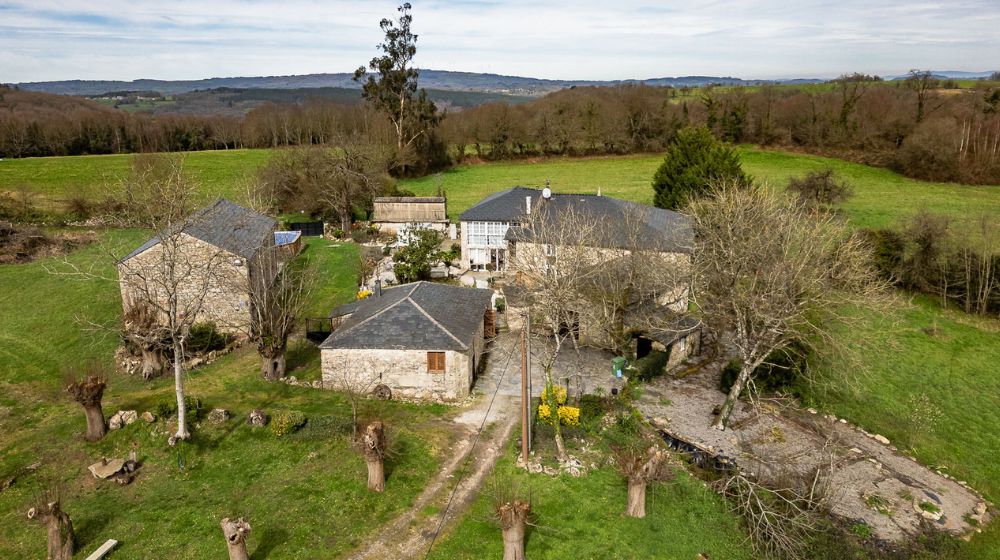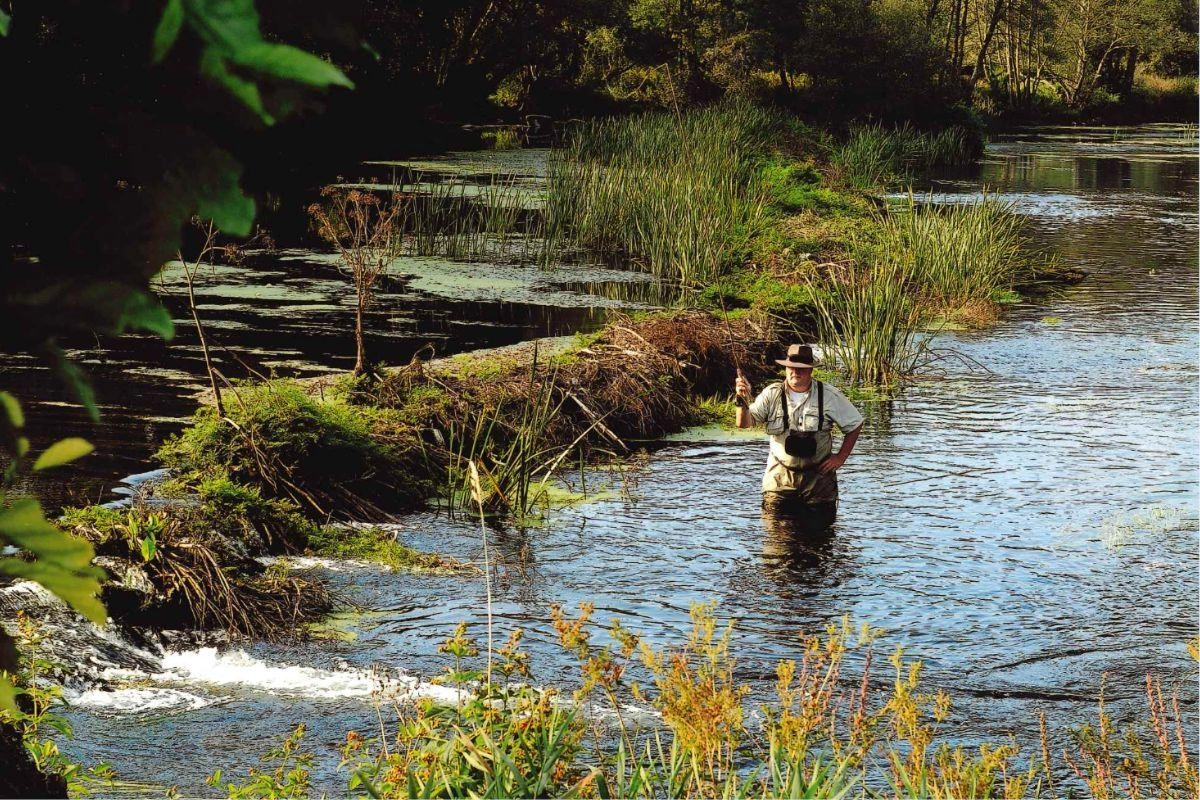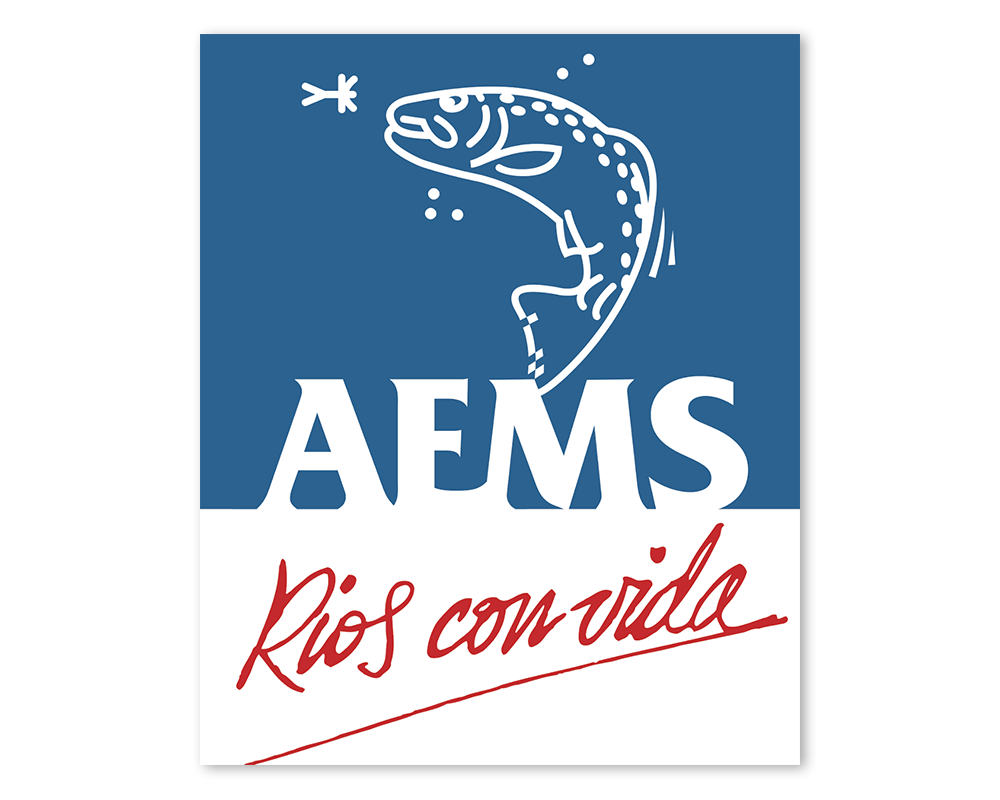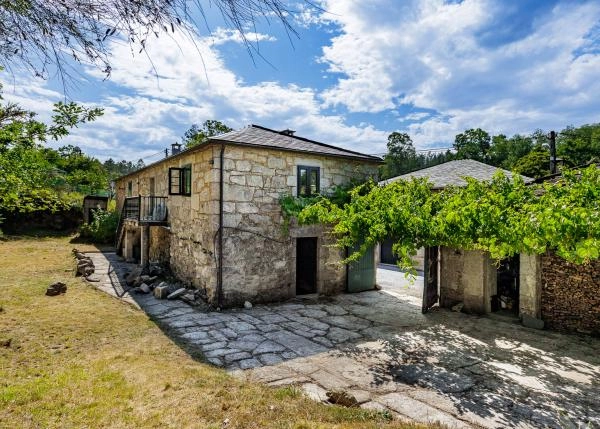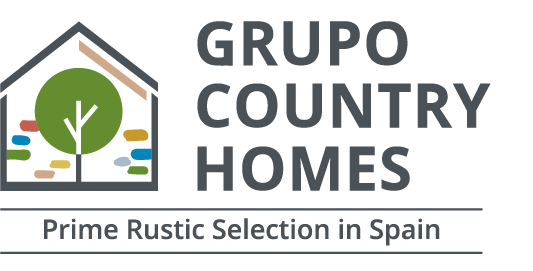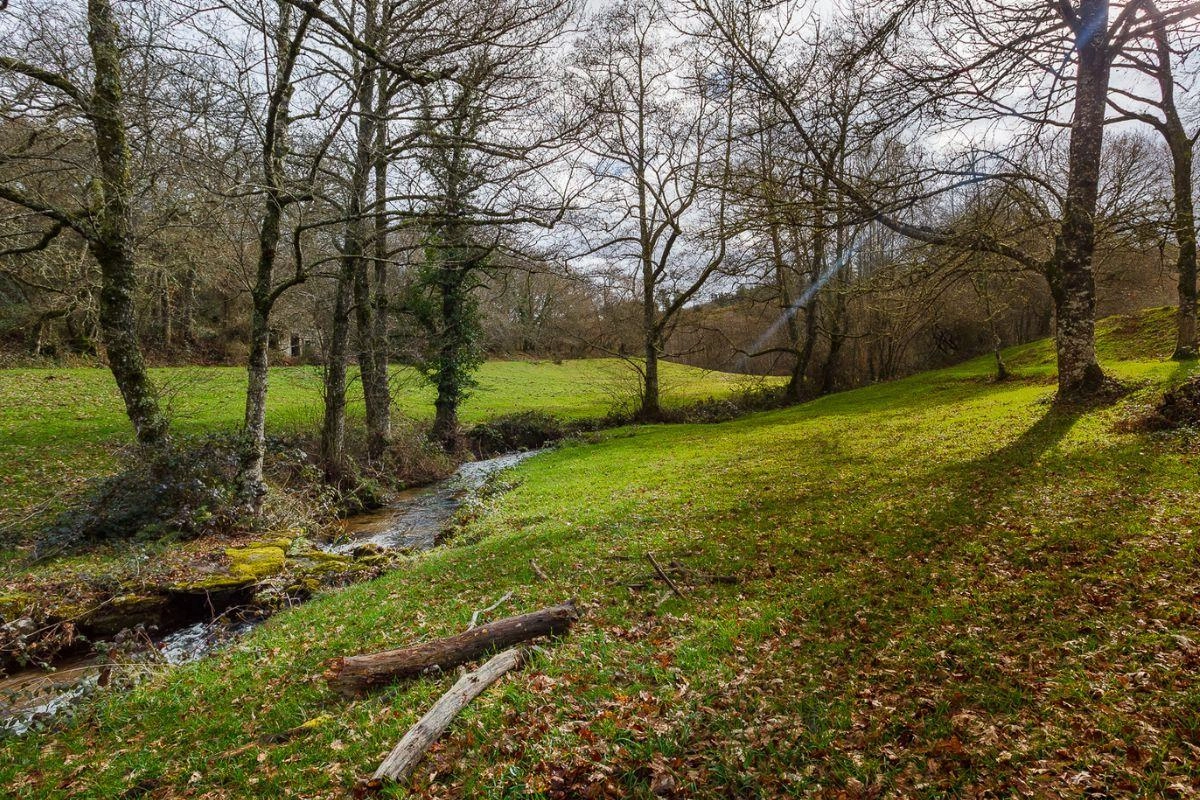
Desvelando Galicia
How do mysteries, secrets, originate? In itself it is something mysterious. However, it seems that the inhabitants of Galicia know it well. These are the clues revealed by THE TELEGRAPH newspaper in its digital edition, through the excellent article, The spectacular Spanish region the British haven't discovered by Annie Benett, which appeared on 17 March.
"Galicia is one of those places where people live very well, but don't feel the need to shout about it - which might explain why, despite being a popular holiday destination for Spaniards, relatively few Brits get there.
In the northwest corner of the country, bordered on two sides by the Atlantic and separated from Portugal by the river Minho, it is roughly the size of Belgium: about 180 kilometres from north to south. Galicia is more like Cornwall, Wales or Ireland than other parts of Spain and shares with them a strong regional identity, with its own language and Celtic heritage.
The rugged coastline is marked by deep inlets, known as rías, and boasts some of the best beaches in Spain. Inland, the lush green landscapes are the result of higher rainfall than in other parts of the country, but sunshine is virtually guaranteed from June to September. It is, however, cooler than Andalucía and the Balearics, with a pleasant rather than stifling heat.
This hidden gem, however, is well known to many Spaniards who flock to Galicia every summer from all over Spain, precisely those that host the majority of the more than 80 million tourists it receives each year (2019). But there are other secrets hidden in the shadows, far from the scorching sun of other coasts and the hustle and bustle of the waves. It's time to eat, so who's hungry?
"Galicia is one of the best gastronomic regions in Spain and for many visitors it is the main reason for their trip. Summer lunch is usually a shaded table by the sea, with a bottle of Albariño and a large platter of seafood, such as spider crabs, langoustines, scallops, clams and mussels. The barnacles are picked from the rocks when the waves go down, by nimble pickers in wetsuits - a great skill and also dangerous, which explains the high price.
Even if you think you don't like octopus, try it in Galicia, where it's the star dish, fresh and tender, drizzled with olive oil and sprinkled with paprika. Also order some Padrón peppers, roasted and sprinkled with salt. In the Rías Baixas you will see hundreds of rafts used to cultivate mussels and oysters; the mix of fresh and salt water creates the ideal marine environment.
Octopus a feira
Galicia has five wine-growing areas, the best known of which is Rías Baixas, where the Albariño grape is grown in pergolas stretching along the steep fingers of land that jut out into the Atlantic. These white wines have a taste of the sea, and are the perfect complement to seafood. Make the pretty town of Cambados your base and follow one of the wine routes, which include cultural heritage and festivals as well as vineyards, many of them on estates with large granite mansions.
There are many more fascinating things to see in this corner of the Iberian Peninsula which, with the British in mind, someone called "the part of the world most like the British Isles, but with better weather and better prices". And almost all of them are yet to be discovered.

